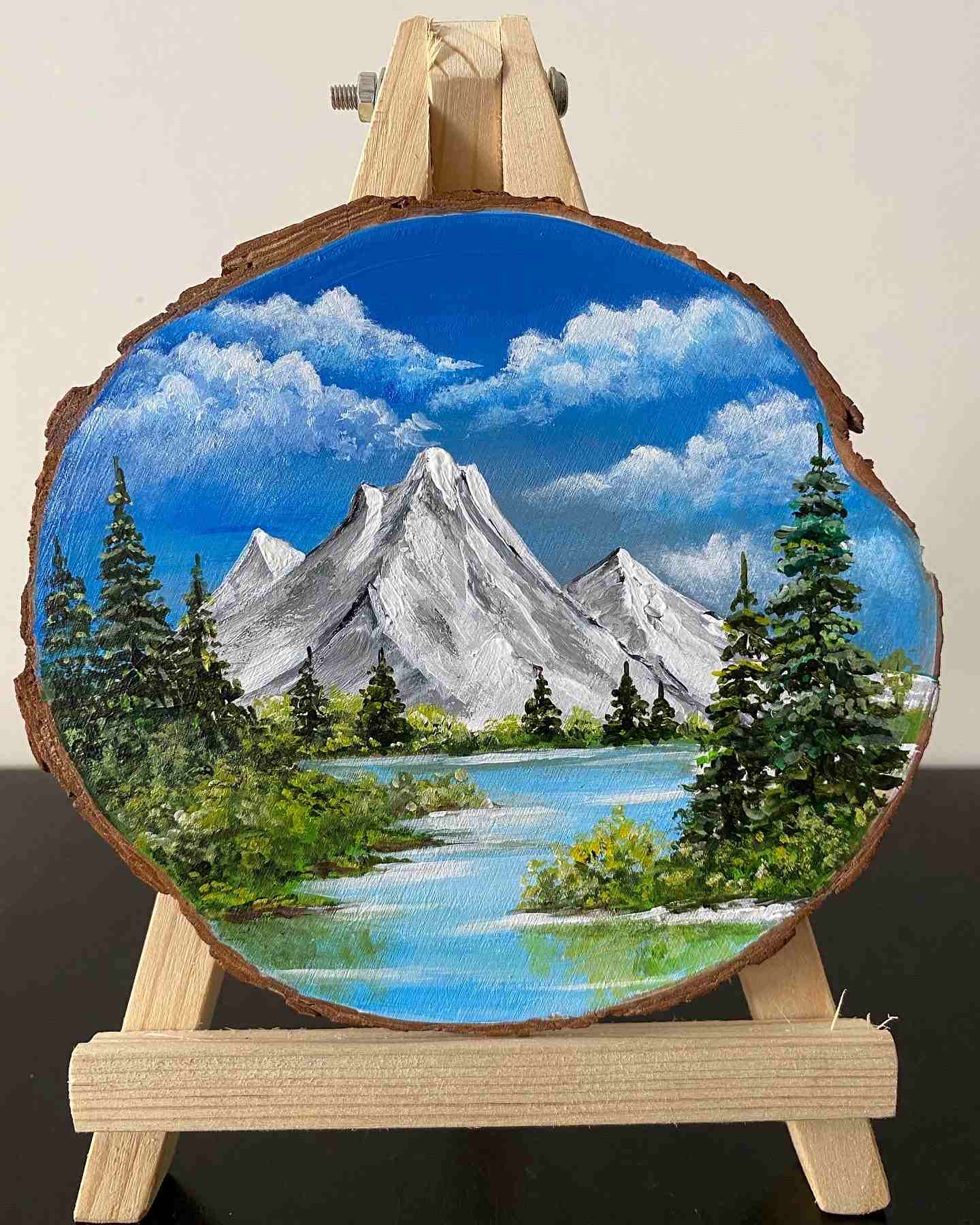
Color is one of the most powerful tools in an artist’s palette. It has the ability to influence mood, evoke emotion, and convey complex ideas without the need for words. Throughout the history of painting, artists have used color to create visual impact and to guide the viewer’s emotional response. In this article, we explore the psychology of color in painting, examining how different hues can evoke specific emotions and exploring examples of artists who have mastered this skill.
The Basics of Color Psychology
Color psychology is the study of how colors affect human behavior and emotions. Certain colors are known to evoke specific responses in people, a concept that has been utilized not only in painting but also in marketing, design, and fashion. Although individual responses to color can vary based on personal experiences and cultural factors, some general associations are widely accepted.
- Red is often associated with passion, energy, and intensity. It can evoke feelings of love or anger and is known to increase heart rate and arousal.
- Blue typically conveys calmness, tranquility, and stability. It can also suggest sadness or melancholy, depending on the context.
- Yellow is linked to happiness, warmth, and optimism. It can also be a symbol of caution or warning when used in excess.
- Green represents nature, growth, and renewal. It can evoke feelings of peace and harmony or, in some cases, suggest envy.
- Purple has a long history of being associated with royalty, luxury, and spirituality. It can evoke a sense of mystery or creativity.
- Black is often associated with power, elegance, and sophistication, but can also represent mourning and death.
- White signifies purity, cleanliness, and simplicity. In some cultures, it also represents mourning.
The Use of Color in Famous Paintings
Many renowned painters have strategically used color to evoke specific emotions in their work. For example, in Vincent van Gogh’s “Starry Night,” the swirling blues and yellows create a sense of turbulence and wonder, capturing both the beauty and chaos of the night sky. copias de cuadros al óleo pintados a mano The bold use of color in this painting reflects van Gogh’s intense emotional state during the time he created it.
In contrast, Claude Monet’s “Water Lilies” series showcases a softer palette of blues and greens, conveying a sense of tranquility and harmony. Monet’s use of these calming colors immerses the viewer in a serene natural landscape, allowing them to experience the peace and quiet of a garden pond.
Pablo Picasso, a pioneer of modern art, often used color to reflect different phases in his career. During his Blue Period, he employed shades of blue to convey a sense of melancholy and despair. Later, during his Rose Period, his palette shifted to warmer tones, suggesting a more optimistic outlook.
The Role of Color in Contemporary Art
Contemporary artists continue to explore the psychological impact of color, often using it to address social and political themes. Street artists like Banksy use stark contrasts between black and white to create bold, impactful imagery with a rebellious edge. In contrast, artists like Yayoi Kusama use bright, playful colors to create immersive installations that evoke a sense of joy and whimsy.
In digital art, color remains a critical element in creating mood and atmosphere. Digital artists can experiment with a vast array of color palettes, allowing them to evoke specific emotions with precision. The use of color in digital paintings can create immersive and dynamic experiences, often blurring the lines between reality and imagination.
Conclusion: The Emotional Power of Color
Color is a fundamental aspect of painting that has the power to evoke a wide range of emotions. Artists have long understood the psychological impact of color and have used it to create compelling and meaningful works of art. From classical masterpieces to contemporary digital art, color continues to play a vital role in shaping the viewer’s experience.
As artists continue to explore the possibilities of color, we can expect to see new and innovative uses that challenge our perceptions and expand our understanding of art. Whether through bold contrasts or subtle harmonies, color remains a powerful tool for artistic expression, capable of evoking deep emotional responses in audiences around the world.
Leave a Reply